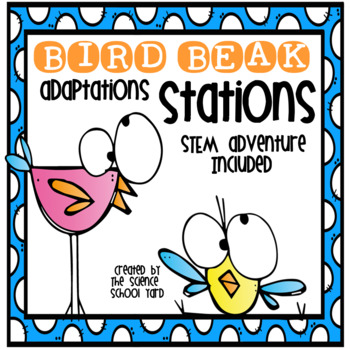Chromatography is the separation of mixtures into their individual components so this is perfect for a mixtures and solutions unit!
Scientists use chromatography in many ways. They use it to test the level of alcohol in the body. They can figure out a crime by testing and analyzing blood and cloth samples. Arson verification is another way chromatography is used by identifying the chemicals responsible for a fire and to rule out foul play. It is even used to determine drugs and poisons in the body in the hospital.
To make it age appropriate and to help them learn about real world science through hands on investigations I made Who stole the cookies? This is a way for us to separate different markers, but in a story like way. I picked four co-workers, the janitor, librarian, art teacher, and music teacher who I asked if it would be okay to be a part of my story. With a yes from all...I set up the folders.
Time to give out the folders with a note inside that says "Thanks for the cookies!" The students use the evidence to prove who it might have been. This team cut the note and then wrote the same word to test if it would bleed out in the same way.
I wanted to pick four black markers , one for each person. The librarian got the VisaVi that she might use on the overhead, the janitor got the Sharpie because he labels boxes to leave the school, the music teacher got the Expo marker because she puts the notes on the board, and the art teacher got the Crayola markers for art projects. This evidence after testing the note eliminates two suspects because permanent markers do not bleed. Notice the difference in the markers below!
 |
| Expo and Sharpies don't bleed! |
 |
| Crayola and Visa Vi markers do...this one points to... |
The best part...I added a ton more activities based on color that I will be using right before ST. Patrick's Day..stay tuned for another post!
Interested in a fun and quick lesson on Chromatography and Color to get your kids excited about science? Grab the Chromatography Lab HERE!


















